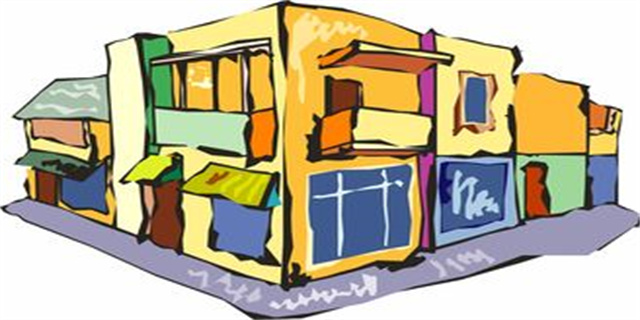Putting it into Words: An Overview of the Verb \"Put\"
The verb \"put\" is one of the most common and versatile in the English language. Whether you're describing a physical action, a mental process, or a social interaction, chances are you'll need to use this word at some point. In this article, we'll take a closer look at the various meanings and uses of \"put,\" as well as some common phrases and idioms that include it.
Physical Actions
The most straightforward use of \"put\" is to describe a physical action of placing something in a particular location or position. This can refer to objects (\"I put the book on the shelf\") or people (\"She put her arm around me\"). Other common phrases in this category include:

- Put something down
- Put something away
- Put something in
- Put something on
These phrases are all fairly literal and can be used in a wide variety of contexts. However, it's worth noting that \"put\" isn't always the most specific or precise verb for describing physical actions. Depending on the situation, you might want to use a more descriptive verb instead.
Mental Processes
In addition to physical actions, \"put\" can also be used to describe mental processes such as thinking, remembering, and understanding. This usage is often accompanied by descriptive adjectives or adverbs that clarify the nature of the mental activity. Some examples include:

- Put together (to assemble or comprehend something)
- Put into words (to express something in language)
- Put out of one's mind (to forget or stop thinking about something)
- Put two and two together (to make an inference from available information)
These phrases may require a bit more context or explanation than the physical action ones, but they can be extremely useful for describing internal states or processes.
Social Interactions
Finally, \"put\" can also be used to describe a wide range of social interactions and relationships. In this context, the verb often describes the initiating or governing action of one person or group on another. Some examples include:
- Put pressure on (to exert influence or force)
- Put up with (to tolerate or accept)
- Put someone in their place (to assert power or authority over someone else)
- Put forward (to propose or suggest)
These phrases are perhaps the most figurative and culturally specific of the three categories, since they often involve social power dynamics and subjective judgments. However, they can also be the most engaging and memorable, since they tap into some of our deepest emotions and motivations.
The Bottom Line
Whether you're writing a novel or having a conversation with a friend, understanding the different ways to use \"put\" can help you communicate more clearly and effectively. By paying attention to the specific contexts and meanings of this versatile verb, you can choose the right phrases to express your thoughts and emotions in a precise and nuanced way. So don't be afraid to put your knowledge to the test!








